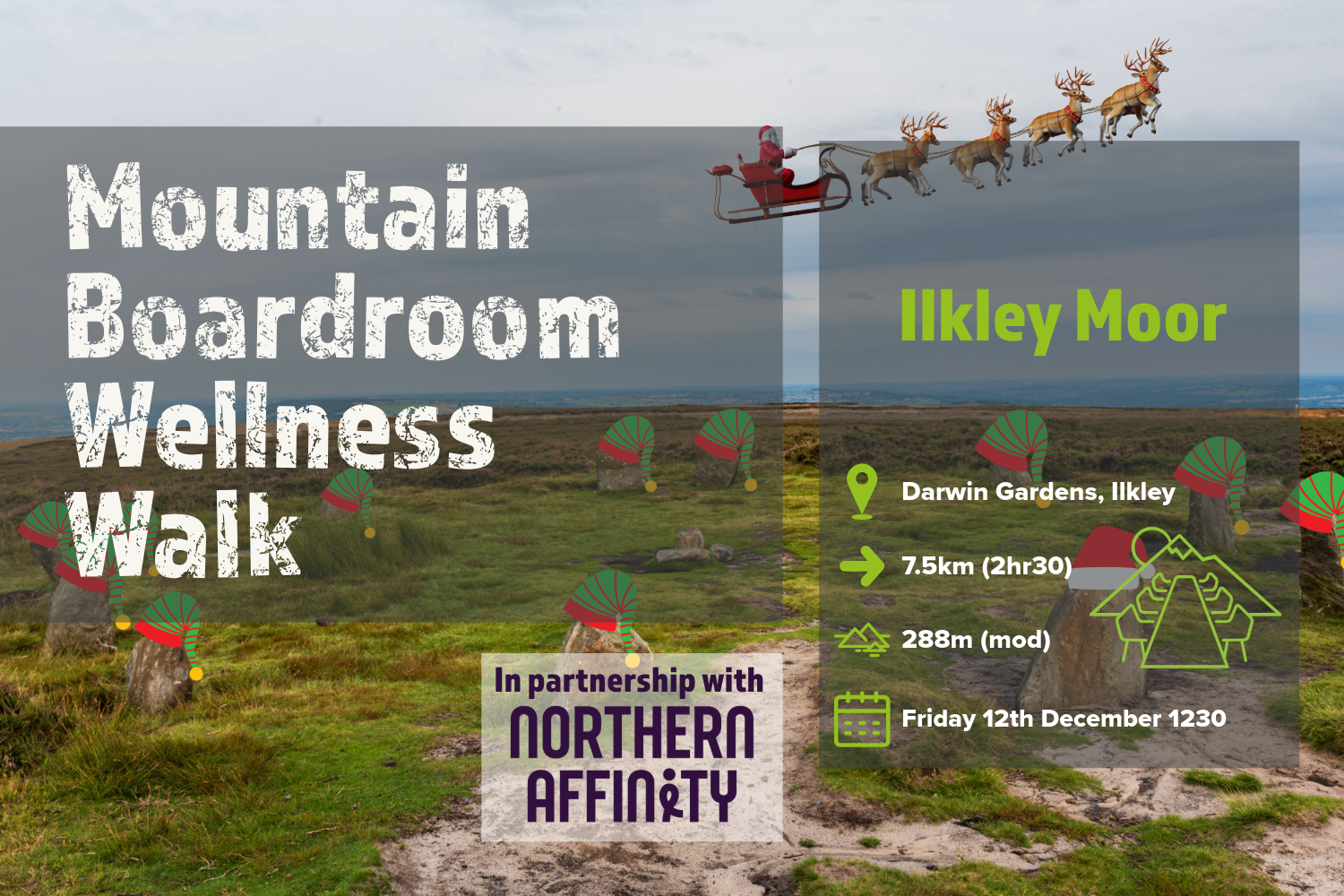Wild Boar Fell
Wild Boar Fell, with the slightly lower Searth Fell in the foreground
Location: SD 758 988
Getting there: Numerous laybys on B6259 for parking, please park responsibly. Train station at Garsdale, approx 7km from summit
Height (at trig point on summit): 708m
Map: OS Explorer Map OL19 (Howgill Fells and Eden Valley)
Wild Boar Fell is the 4th highest trig point in the Yorkshire Dales. Despite this, it’s also one of the lesser-known ones, so relatively quiet, but is a dramatic sight and a real treat to anyone who ventures out this far.
The peak dominates the Mallerstang Valley, looking almost plucked from a different place to the other hills lining the valley (including High Seat, which, although not marked by a trig point, is actually a metre higher). It’s also easily visible from the neighbouring Howgill Fells, Great Shunner Fell and from several other more southern peaks in the Dales (though not always easily identifiable).
Marked by a towering escarpment on its eastern side, Wild Boar Fell projects itself as a serious mountain, made all the more intimidating by the ancient cairns that line up along the edge of the drop. Legend has it that the cairns were built to ward off invaders, making people entering the valley think they were being watched, and on first arrival in the valley, you can’t help but think that the summit is crowded with people, only to actually discover its largely empty when up there.
Keeping a watchful eye on the valley below
Legend also has it that Wild Boar used to be common in the area, but you won’t see any today - you might get the odd mountain hare and possibly deer on the lower slopes if you’re lucky. The tusks of what is allegedly the last wild boar to be caught and killed in England in the 15th century (on Wild Boar Fell) are present with the remains of its alleged hunter, Sir Richard Musgrave, in Kirkby Stephen’s St. Stephen’s Church.
Like many hills and mountains in the area, Wild Boar Fell is covered in layers of millstone grit, but layers of limestone protrude frequently at lower levels, and a number of small caves are present both on the eastern and western sides.
Wild Boar Fell is commonly approached from Hazelgill to the east, just off the B6259. The path from here goes under the railway line and then climbs steadily, fading in and out until it starts to climb very steeply up to a path junction at High Dolphinsty. Wild Boar Fell will now be a very imposing feature on your left - take the left path at the junction and prepare for a strenuous climb, eventually walking along the edge of the escarpment up to The Nab, a prominent spur over the valley with fantastic views.
From here, the trig point should be visible to your right, reachable over some boggy ground, but I would take the opportunity to continue along the edge first and visit the cairns, before crossing the plateau to the trig point.
An unusual trig point on the summit
From the trig point, the Howgills will be prominent to the West in good visibility, with the Lake District fells behind them. To the immediate south is Swarth Fell, and in good weather, Ingleborough should be easily identifiable, flanked by Whernside and Pen-y-Ghent.
Sand Tarn, in a peaceful location just below the plateau, is also worth a visit.
Wild Boar Fell can also be approached from the south, along a path from Swarth Fell, or if you’re feeing adventurous, head west off the plateau towards Grain Gill, and scramble down the valley to Needlehouse Gill and then Uldale House.
Approaching the top of Grain Gill












